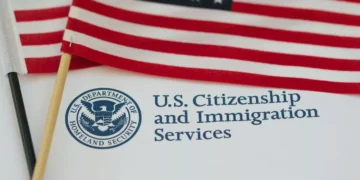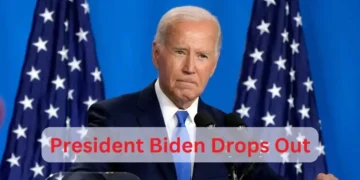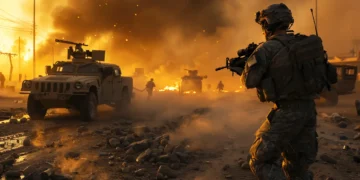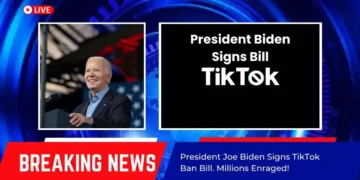No products in the cart.
Navigating the Media Landscape: The Role of Media Studies in Developing Critical Thinking Skills
Introduction to Media Studies
Media studies is an interdisciplinary field that critically examines the role and influence of various forms of media in society. This discipline encompasses a vast array of topics, including the analysis of television, film, radio, social media, print media, and emerging digital platforms. By exploring these elements, media studies aims to illuminate how media shapes our understanding of the world and impacts individual and collective behaviors.
In contemporary society, where media saturation is commonplace, the significance of media studies cannot be overstated. As individuals navigate an increasingly complex media environment, it becomes crucial to cultivate a deep awareness of the content they consume. Media studies serves as a vital tool in this regard, offering insights into the economic, political, and cultural implications of media communication. Through analytical frameworks, students and scholars can explore how media not only reflects but also constructs societal norms and values.
One of the primary objectives of media studies is to foster media literacy—an essential skill in today’s digital age. Media literacy involves understanding the processes of media production, the motivations behind media messages, and the implications of consuming various media forms. By educating individuals about these aspects, media studies empowers them to engage critically with the content they encounter. This critical engagement is not merely an academic exercise; it is fundamental to informed citizenship in democratic societies. As we continually navigate through diverse media landscapes, the ability to discern and evaluate media messages becomes paramount to achieving a well-rounded and informed perspective.
Consequently, media studies proves to be indispensable in promoting not just knowledge, but also the critical thinking skills required to effectively interpret and respond to the myriad media influences present in our lives. Through this educational lens, individuals can develop the tools necessary to navigate the complexities of modern media environments thoughtfully and responsibly.
The Complexity of the Media Landscape
The media landscape has become increasingly complex, characterized by a diverse array of platforms and formats that shape the way individuals consume information. Traditional media, which includes television, radio, and print publications, has long served as the cornerstone of public communication. These conventional sources established norms for news dissemination and information presentation, guiding audiences in their understanding of world events. However, the advent of digital media has transformed this landscape dramatically, introducing multifaceted layers of content creation and consumption.
Digital media encompasses a broad range of platforms, such as social media networks, streaming services, and personal blogs. These spaces allow users to navigate through a plethora of information, generated not only by established institutions but also by everyday individuals. This democratization of content creation presents unique challenges, as the volume and variety of available information can overwhelm audiences. Users find themselves sifting through news feeds, videos, and articles that compete for their attention. This multitude of options raises significant questions about the credibility and reliability of the information, as not all sources adhere to rigorous standards of journalism.
The implications extend beyond information quality; they impact public perception and societal discourse. As individuals navigate these diverse media platforms, the potential for misinformation and disinformation grows, further complicating the public’s understanding of critical issues. Audiences must develop critical thinking skills to discern between credible and unreliable sources. This requires not only an awareness of the inherent biases in various media forms but also an understanding of the motivations behind content creation in both traditional and digital realms. The challenge lies in equipping individuals with the ability to navigate this intricate media landscape effectively, fostering informed citizenship in an age of information overload.
Defining Critical Thinking
Critical thinking is a cognitive process that involves the ability to think clearly and rationally about what to do or believe. It is characterized by the active analysis, evaluation, and synthesis of information gathered from various sources. To effectively navigate the ever-evolving media landscape, individuals must develop these skills as they are essential for interpreting the vast amount of information available today.
At its core, critical thinking empowers individuals to assess arguments and identify logical connections between ideas. The primary components of this skill include analysis, which refers to breaking down complex information into smaller parts to understand it better; evaluation, which involves weighing the credibility and relevance of the information; and synthesis, which is the ability to combine various pieces of information to form a coherent understanding or perspective. For instance, when evaluating a news article, a critical thinker will assess the sources cited, the biases evident in the reporting, and the context surrounding the piece. This layered approach allows individuals to navigate the landscape of information more effectively.
In real-world scenarios, critical thinking plays a vital role. For example, consider a healthcare professional tasked with interpreting medical research findings. By applying critical thinking, the professional can navigate through the studies, evaluate the methodologies used, and synthesize that information to inform treatment decisions for patients. Similarly, a consumer determining the credibility of online product reviews must analyze the feedback, evaluate the legitimacy of the reviewers, and synthesize this data to make informed purchasing decisions. Thus, critical thinking is paramount not only for academic success but also for personal and professional development in today’s complex information ecosystems.
Enhancing Critical Thinking Skills through Media Studies
The study of media plays a crucial role in developing critical thinking skills, particularly in an era where information is ubiquitous and often overwhelming. One of the fundamental ways in which media studies enhances critical thinking is through the analysis of media messages. Students learn to dissect various forms of media content, identifying key messages and determining the intended purpose behind them. This analytical approach helps individuals to not only comprehend media at a surface level but to navigate the deeper implications of messages conveyed.
Additionally, recognizing biases is an integral component of media studies. By examining diverse sources of information, learners become adept at spotting subjective viewpoints and discerning fact from opinion. This skill fosters an environment where critical engagement with content is paramount, as students challenge underlying assumptions, question perspectives, and evaluate the validity of arguments presented in the media. In doing so, they become more informed consumers of information.
Furthermore, assessing the credibility of sources is a vital aspect of critical thinking that media studies emphasizes. In today’s digital age, where misinformation can spread rapidly, the ability to evaluate the reliability of a source is essential. Media studies programs often encourage students to rigorously check facts and seek evidence before forming conclusions, thus cultivating a habit of skepticism that is beneficial in a data-saturated world.
Lastly, understanding persuasive techniques is another key area within media studies that sharpens critical thinking. Students explore various rhetorical strategies employed in media to influence public perception and behavior. By navigating through these techniques, learners can analyze advertisements, news broadcasts, and social media content, equipping themselves with the tools to critically assess the images and narratives presented to them.
Challenges in Media Consumption
The rapid evolution of media consumption has brought forth numerous challenges that individuals face. One of the most prevalent issues is misinformation, which can spread rapidly across various platforms, leading consumers to navigate through a web of inaccuracies and biased narratives. This challenge necessitates a critical evaluation of the sources and content that individuals encounter. Media studies emphasize the importance of discerning fact from fiction, equipping consumers with the analytical tools required to assess credibility and reliability.
Another significant challenge is the existence of filter bubbles, which are created when algorithms curate content tailored to individual preferences and behaviors. These algorithms can limit exposure to diverse viewpoints, trapping users within echo chambers where only similar opinions are reinforced. This limitation can hinder one’s ability to navigate complex societal issues effectively. Engaging with media studies encourages individuals to seek out a variety of perspectives, thereby broadening their understanding and fostering critical discourse.
Additionally, the pervasive influence of algorithms plays a pivotal role in shaping media consumption habits. Algorithms determine what content is seen, how it is ranked, and how it is shared. Recognizing this influence is crucial for consumers aiming to navigate the media landscape thoughtfully. Media studies provide a framework for understanding these mechanisms and highlight the importance of diversifying one’s media intake to mitigate bias. By applying critical thinking skills developed through media studies, individuals can better navigate the challenges posed by misinformation, filter bubbles, and algorithmic influence, ultimately promoting a more informed and engaged citizenry.
Case Studies: Media Literacy in Action
Media literacy initiatives have seen remarkable success in various contexts, providing a platform for individuals and communities to enhance their critical thinking skills. One notable example is a school program implemented in a suburban district, where educators incorporated media literacy into the existing curriculum. This program focused on teaching students how to analyze news articles, discern bias, and evaluate sources. After just one semester, assessments revealed a significant increase in the students’ ability to critically assess media content. Their engagement in structured debates and presentations allowed them to navigate complex information, becoming more informed consumers of media.
Another impressive case study is the community workshops conducted by a non-profit organization aimed at adults. These workshops were designed to raise awareness about misinformation prevalent on social media platforms. Participants were guided through practical exercises on identifying fake news, understanding algorithms, and recognizing persuasive marketing tactics. Feedback from attendees indicated that they felt more empowered to evaluate the validity of the information they encounter daily. Many reported a noticeable shift in their media consumption habits, opting for diverse sources to gain a well-rounded perspective on current events.
A campaign targeting younger audiences took place on college campuses across the nation, aiming to improve media literacy through interactive engagements. This initiative included hosting podcast discussions and producing short films that highlighted the importance of critical consumption of media. Participants not only learned to navigate the digital landscape more effectively but also developed teamwork and communication skills. The campaign concluded with an online survey, revealing that participants increased their media engagement, actively seeking out credible sources while questioning the legitimacy of dubious content.
These case studies exemplify the vital role that media literacy education plays in fostering critical thinking skills among individuals. By implementing structured programs, communities can significantly enhance their capacity to navigate the complexities of today’s media landscape.
The Role of Technology in Media Studies
Technology has significantly transformed the field of media studies, both by acting as a crucial subject of analysis and by providing new tools for education. With the rise of digital communication platforms, scholars and students can now navigate an expansive landscape of media content and influence. The analysis of social media, streaming services, and various online platforms has become essential in understanding contemporary media dynamics. These digital environments are not only prevalent in everyday life but also crucial for examining how information is disseminated and consumed, illustrating shifts in public discourse and cultural norms.
Moreover, emerging technologies such as artificial intelligence, virtual reality, and data analytics offer new dimensions for analysis in media studies. Researchers are increasingly tasked with understanding how these advancements affect user behavior, content creation, and consumption patterns. For instance, the algorithm-driven nature of many social media platforms prompts important questions about audience segmentation, echo chambers, and the implications of targeted content delivery. Thus, studying these technologies is essential for grasping the complexities of modern media interactions.
In response to the rapid evolution of technology, it is imperative for media studies curricula to be continually adapted. Educational institutions must integrate current technological trends and tools into their teaching methodologies to prepare students adequately for the industry. This includes harnessing digital platforms for collaborative projects, utilizing online resources for research, and encouraging critical discussions on contemporary issues related to technology and media. By doing so, educators foster an environment in which students can effectively navigate the multifaceted media landscape, cultivating essential critical thinking skills and promoting a deeper understanding of the interconnectedness of technology and media.
Future Directions for Media Studies
The field of media studies stands at a pivotal juncture as it seeks to navigate the complexities introduced by advancing technology and evolving consumer behaviors. Emerging trends, such as artificial intelligence, virtual reality, and the increasing dominance of social media platforms, are reshaping how information is produced, consumed, and interpreted. These trends present both challenges and opportunities for media studies, necessitating an adaptive pedagogical framework that prioritizes critical thinking skills among students and practitioners alike.
One significant challenge is the proliferation of misinformation and the resulting need for individuals to critically evaluate media content. As the digital landscape becomes more saturated, media literacy becomes paramount. Programs that focus on teaching students how to discern credible sources from unreliable ones will be essential in empowering future generations to navigate this labyrinth of information critically. Consequently, media studies curricula must integrate lessons on digital literacy alongside traditional theoretical frameworks.
Furthermore, as globalization continues to influence media production and consumption patterns, there is an imperative to embrace diverse perspectives within media studies. By understanding different cultural contexts and media representations, students can develop the critical skills necessary for analyzing how media shapes societal values and norms. This expansion of scope will not only enrich the field but also ensure that media studies remain relevant amidst a rapidly changing landscape.
Additionally, technological advancements invite innovative methodologies in research and evaluation within media studies. Employing data analytics, participatory action research, and user-generated content analysis can furnish scholars and students with new insights into audience engagement and media impact. These methodologies will allow for a more dynamic and authentic approach to studying media and its role in society.
In conclusion, the future of media studies is contingent upon its ability to respond to emerging trends and challenges. By fostering critical thinking skills, embracing diversity, and leveraging new technologies, the field can continue to play a vital role in preparing students to navigate an increasingly complex media environment.
Conclusion
In concluding this exploration of media studies, it becomes clear that the discipline plays a pivotal role in fostering critical thinking skills essential for effectively navigating the complexities of the modern media landscape. As we have discussed, the ability to critically assess information is not merely an academic exercise but a necessity in an age where media messages are omnipresent and often saturated with bias or misinformation. The study of media equips individuals with the analytical tools necessary to discern credibility, understand context, and evaluate the underlying intentions behind various media narratives.
Moreover, engaging in media studies enables individuals to navigate their personal and professional interactions with media more effectively. By developing critical thinking skills, one can better protect themselves from manipulation and misrepresentation often encountered in news articles, advertising, and social media. In learning to question and analyze content critically, individuals become more empowered participants in their communities, capable of making informed decisions based on a nuanced understanding of the media they consume.
As a call to action, it is vital for both educators and learners to prioritize media literacy education. This field not only enhances individual critical thinking abilities but also cultivates informed citizens who can rigorously engage with diverse perspectives. Through active engagement and continuous inquiry into media practices, the transformative potential of media literacy can be realized, equipping the next generation with the skills to successfully navigate and contribute to an increasingly complex media environment. Such efforts will ensure that individuals are not just passive consumers of media, but active, critical navigators of the stories and information that shape our world.














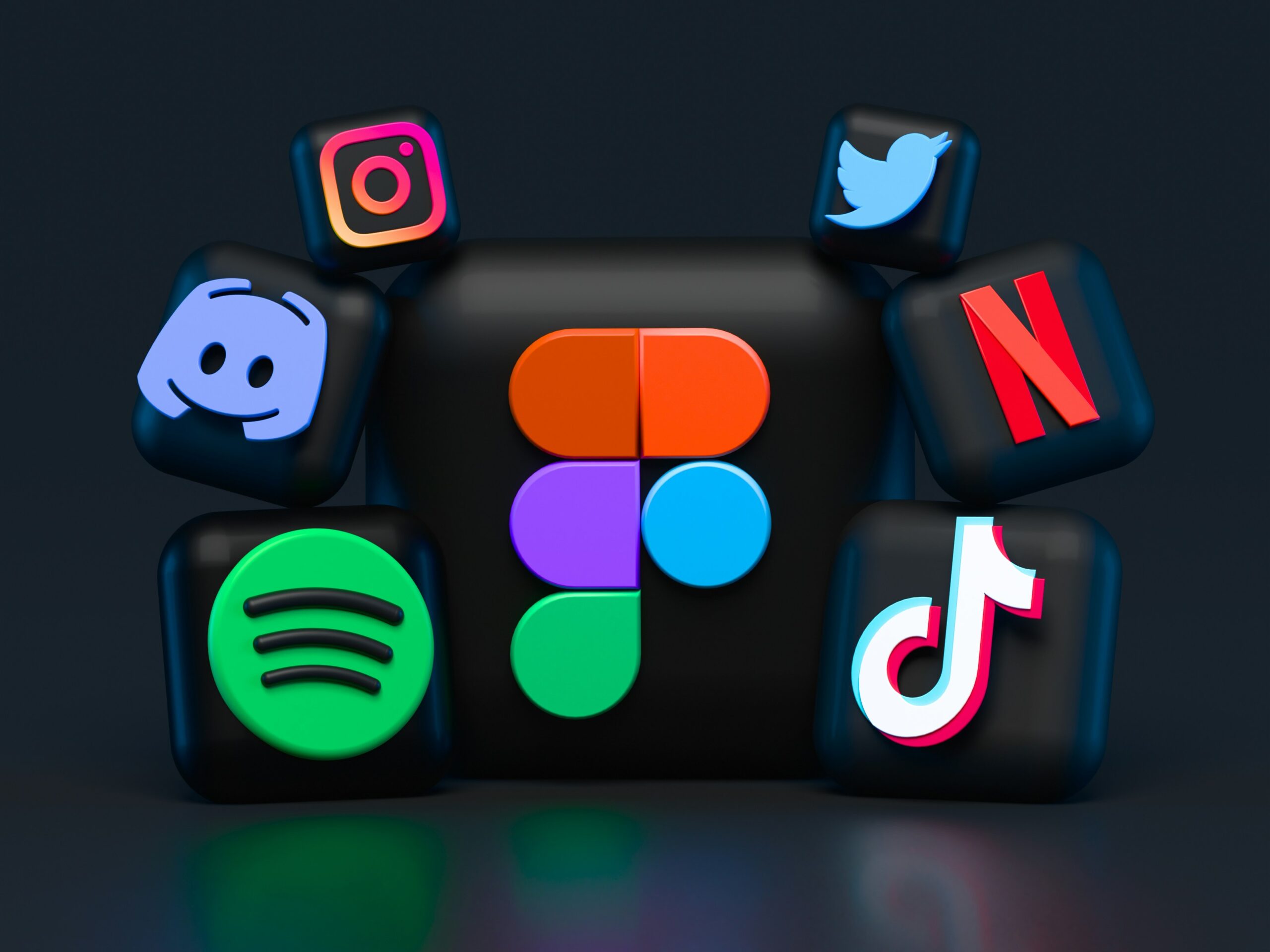







![A Comprehensive Review of [Course/Product/Experience Name] 22 man in gray shirt sitting on black chair](https://theamericansidehustle.net/wp-content/uploads/2025/03/man-in-gray-shirt-sitting-on-black-chair-1-scaled.jpg)



















































